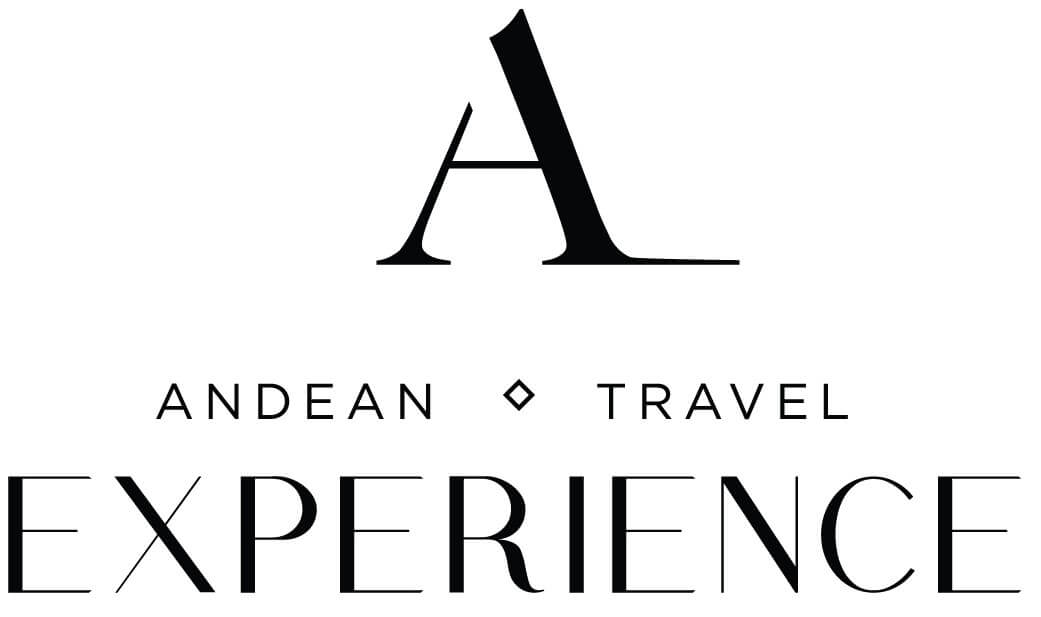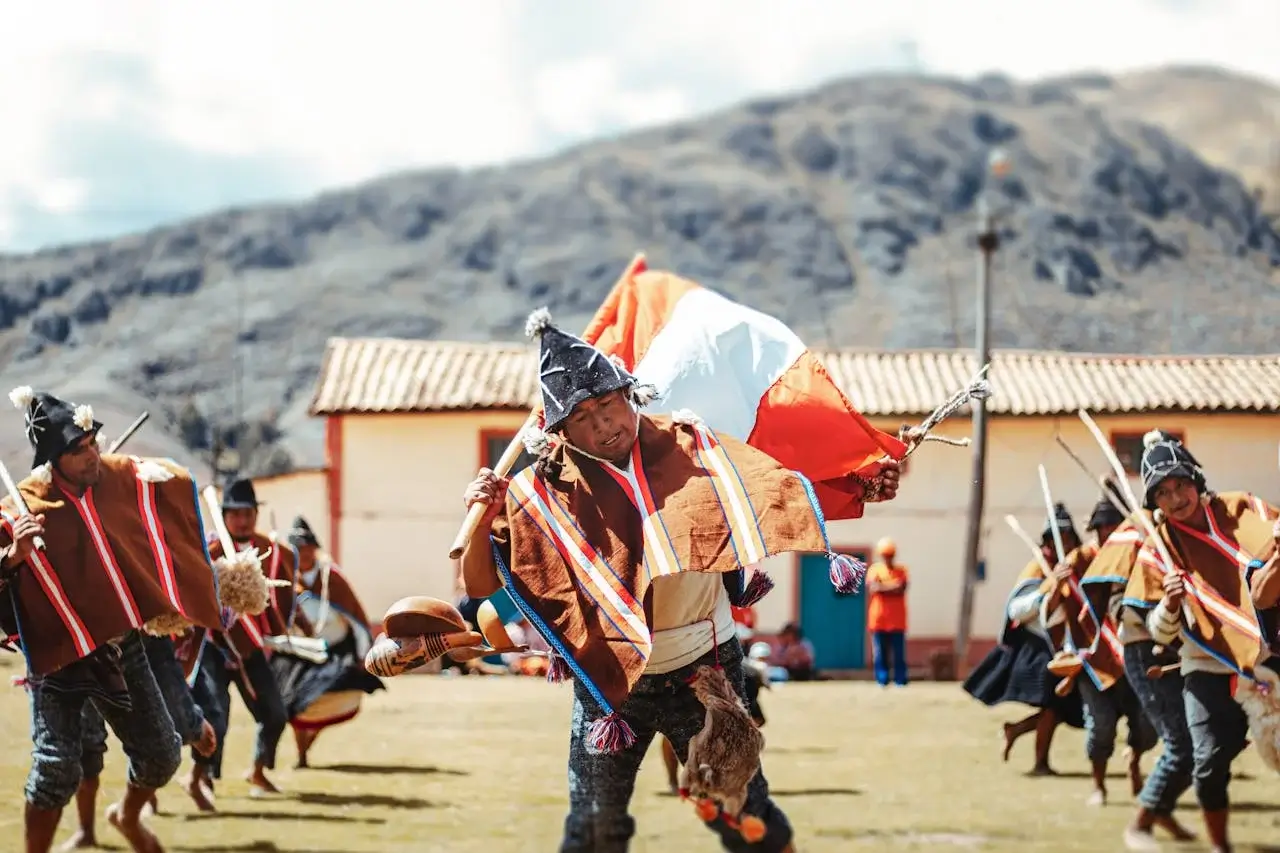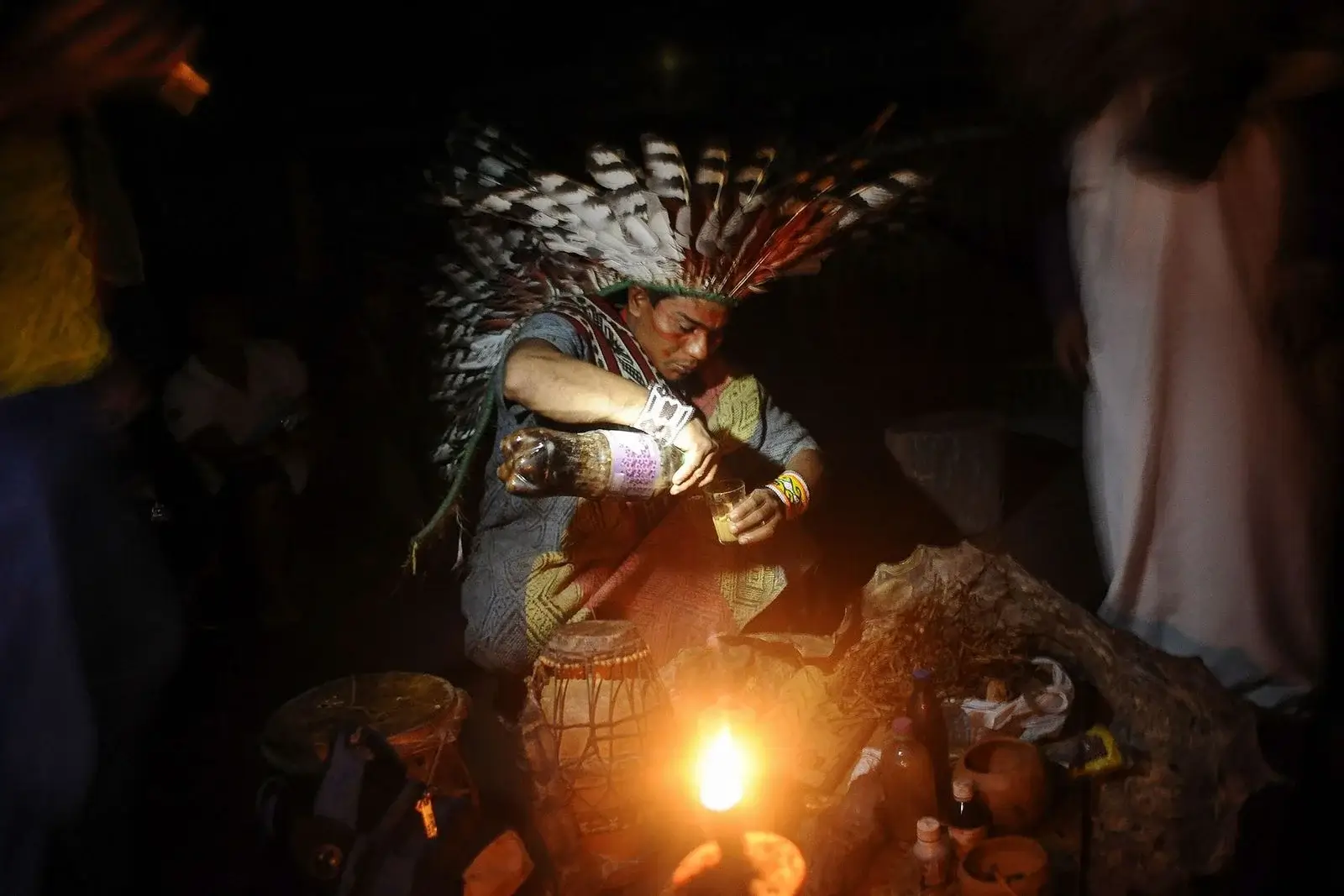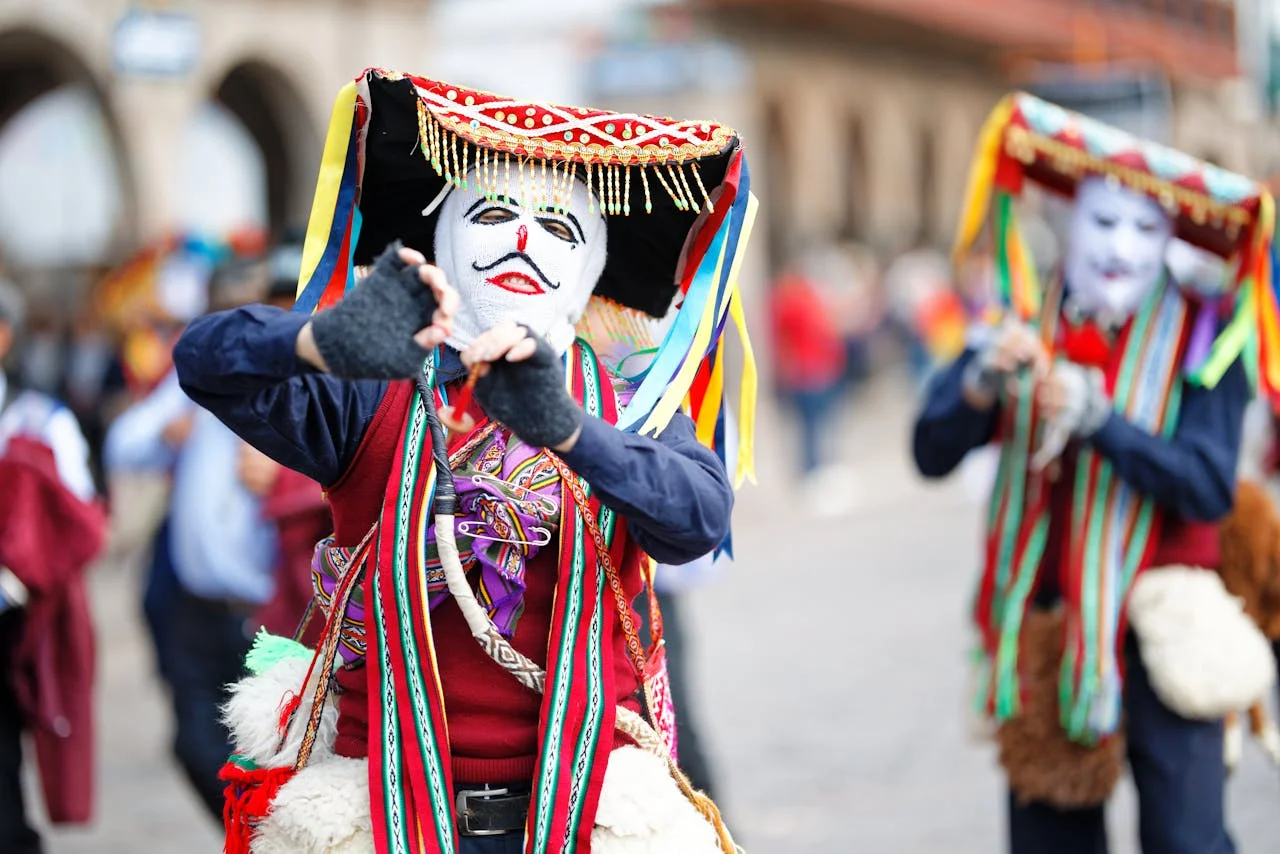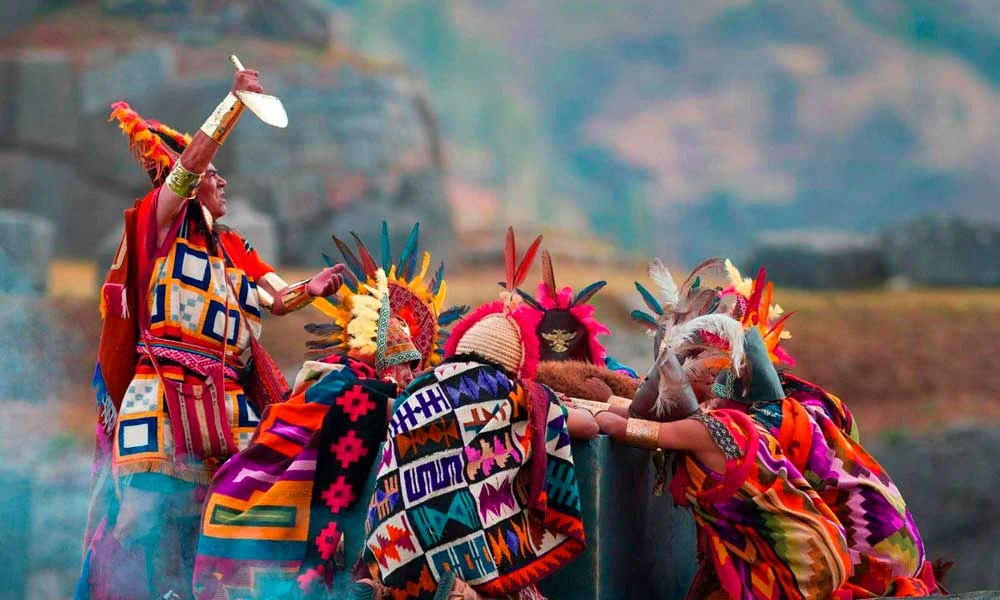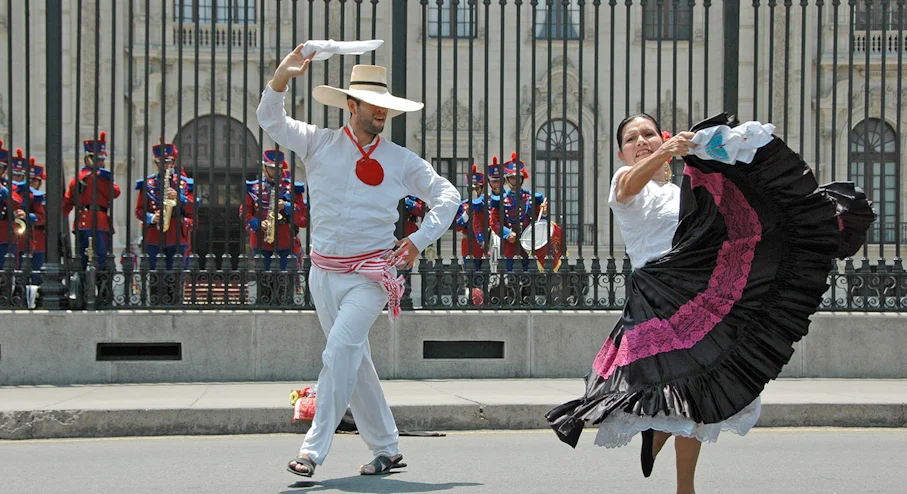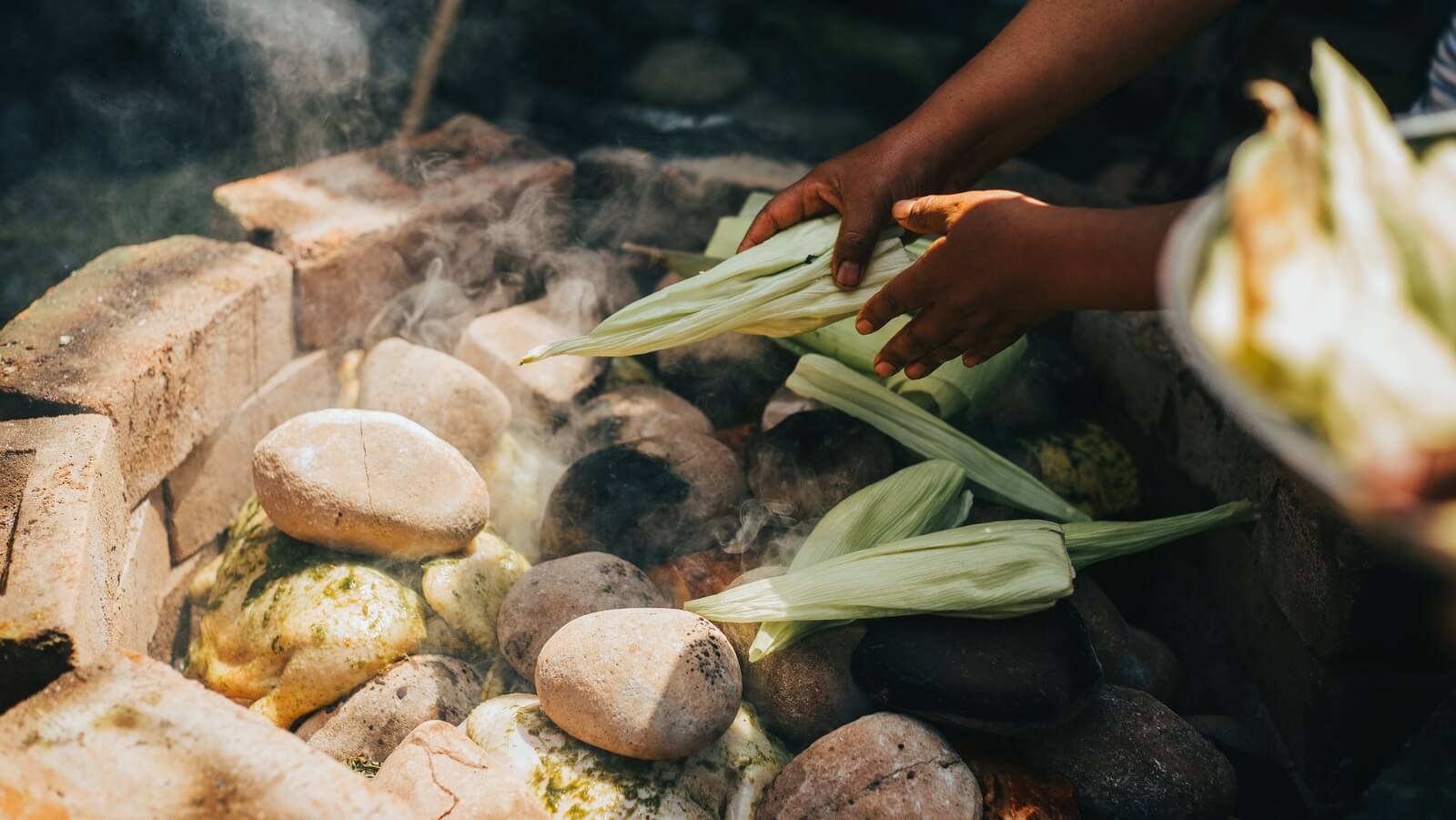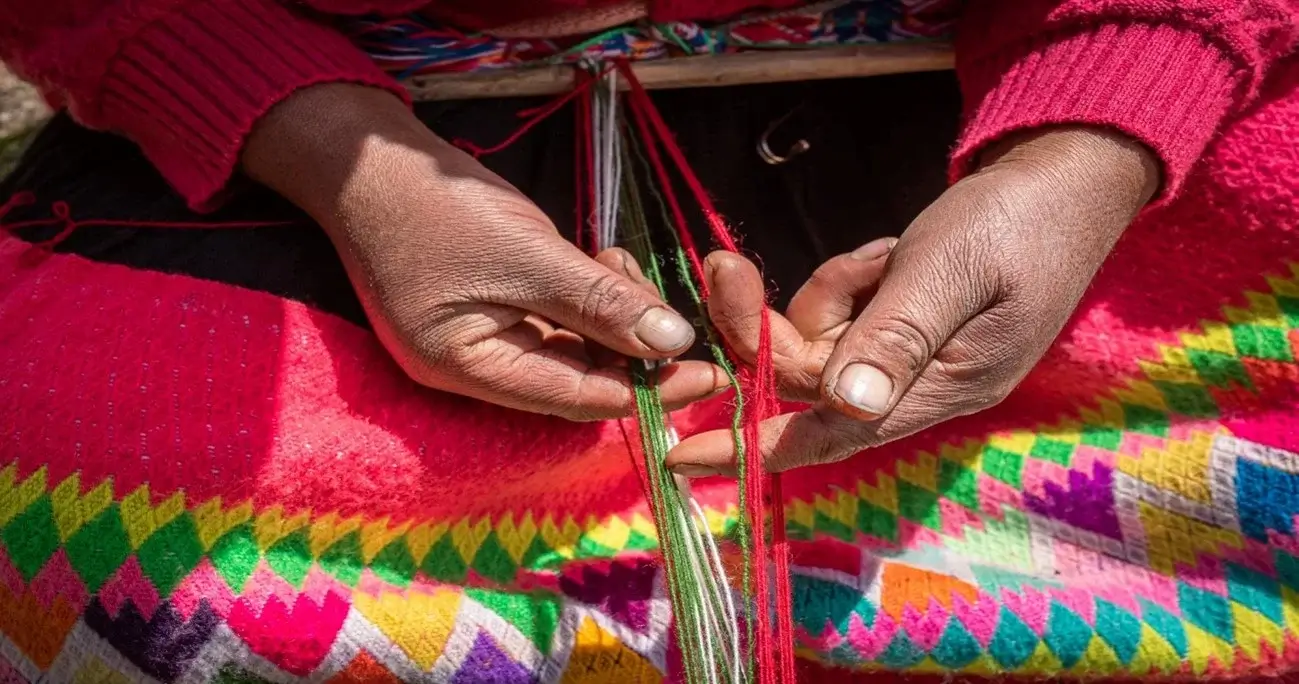Traveling to Peru is much more than ticking off Machu Picchu or photographing llamas. It's about immersing yourself in a vibrant cultural landscape one where ancient Inca legacies meet Spanish colonial charm, where Quechua rituals thrive alongside Catholic festivities, and where everyday life is enriched with history, music, food, and family.
At Andean Travel Experience, we believe that understanding Peru’s traditions and culture transforms a simple trip into a profound journey. In this in-depth guide, you’ll uncover Peru’s cultural essence from the Andes to the Amazon, from festivals to food ensuring your experience is authentic, respectful, and unforgettable.
1. The Cultural Fabric of Peru: Where Past and Present Meet
Because of centuries of indigenous customs, colonial history, and contemporary invention, Peruvian culture is a living mosaic. The nation's social, linguistic, and artistic identities are still shaped by more than 50 Indigenous communities, including the Quechua and Aymara. Everyday language, food, attire, holidays, and religious beliefs are all influenced by them.
In addition, Spanish colonial history has impacted religion, politics, and urban planning, leaving its architectural mark on places like Cusco, Arequipa, and Lima.
2. Andean Spirituality and Indigenous Beliefs
Long before the Spanish arrived, the people of the Andes worshipped the Apus (sacred mountains) and Pachamama (Mother Earth). These beliefs remain central to rural life and coexist with Catholic practices in a fascinating spiritual fusion.
Common rituals include:
- Pago a la Tierra (Earth Offerings)
- Coca leaf readings
- Despacho ceremonies led by shamans
Many of our Sacred Valley tours include the opportunity to observe or respectfully participate in such rituals, offering deeper insight into Andean cosmology and reciprocity.
You can also read Honoring Pachamama and Ayahuasca
3. Colonial Influence and Mestizo Identity
With the arrival of the Spanish in the 16th century, Peru experienced a powerful cultural transformation. Catholicism merged with native traditions, creating syncretic celebrations such as the Festival of Corpus Christi or Día de los Muertos with indigenous symbolism.
This cultural blend is reflected in:
- Architecture (baroque cathedrals next to Inca walls)
- Religious art (the "Cuzco School" of painting)
- Language (Spanish infused with Quechua terms)
4. Festivals in Peru: Celebrating Heritage Year-Round
With over 3,000 official festivals annually, every month in Peru offers a chance to witness cultural expression at its most vibrant.
Major Festivals Include:
- Inti Raymi (Festival of the Sun, Cusco – June 24)
- Qoyllur Rit’i (Glacier pilgrimage near Ausangate – May/June)
- Fiesta de la Virgen de la Candelaria (Puno – February)
- Mistura Gastronomic Festival (Lima – September)
- Semana Santa (Easter Week across Peru)
These festivals combine dance, music, parades, and deep spiritual significance, and often last for days or even weeks.
You can also read Festivities and Holidays in Peru
5. Traditional Music and Dances That Define Peruç
Peru’s music is as diverse as its geography. In the Andes, flutes like the quena and zampoña fill the air during ceremonies and street celebrations, while Afro-Peruvian music dominates the coast with cajón rhythms.
Popular Traditional Dances:
- Marinera: Elegant coastal partner dance
- Huayno: Joyful Andean footwork
- Diablada: Carnival dance symbolizing the struggle between good and evil
Live music is part of almost every Peruvian celebration. Don’t be surprised if a local festival erupts into a spontaneous community dance.
6. Culinary Traditions: From Ancient Staples to Modern Delights
Peru’s cuisine is a UNESCO-listed cultural heritage and a favorite among foodies worldwide. Its diversity stems from:
- Geographic zones (Coast, Andes, Amazon)
- Indigenous ingredients like quinoa, potatoes, and corn
- Fusion with international influences (Japanese, Chinese, Spanish)
Don’t Miss:
- Ceviche (coastal classic)
- Pachamanca (earth-oven cooked meats and tubers)
- Cuy (guinea pig, a traditional Andean delicacy)
- Pisco Sour (the national cocktail)
Dont miss out on our blogs Peruvian Fusion Food and Peruvian Food: Top 10 Dishes You Can't Miss
7. Traditional Attire and Andean Weaving Arts
Clothing in Peru is not just decorative it's symbolic. Bright textiles woven from alpaca or llama wool carry meanings linked to local mythology, community identity, and even marital status.
In markets across Chinchero, Pisac, and Puno, you’ll find:
- Polleras (colorful skirts)
- Chullos (Andean hats with ear flaps)
- Llicllas (woven shawls for carrying goods or children)
Textile workshops are a must-visit for travelers interested in artisan traditions.
8. Family Values and Social Customs in Peruvian Society
Peruvian society is deeply family-oriented. It’s common to find multi-generational households, and extended family plays a key role in education, economy, and daily decisions.
Key Customs Include:
- Greeting elders with respect (Señor/Señora)
- Offering small gifts when visiting homes
- Prioritizing personal relationships over punctuality (“Peruvian time”)
9. Etiquette and Visiting Behavior in Peru
Respect is central to cultural travel in Peru. Some guidelines to follow:
- Ask permission before photographing people
- Dress modestly, especially in rural areas or religious sites
- Avoid waste and respect sacred sites like Machu Picchu
At Andean Travel Experience, we ensure all travelers are briefed on responsible behavior during their cultural encounters. Understanding and respecting these norms fosters meaningful connections.
You can learn more about sustainable travel to peru before your trip here.
10. How to Experience Peruvian Culture Responsibly
Cultural travel should uplift local communities and preserve traditions. Consider these actions:
- Book tours with local guides
- Visit community-run homestays
- Support artisans by purchasing fair trade crafts
When you travel with Andean Travel Experience, you support a network of local families, weavers, chefs, and guides.
Frequently Asked Questions About Peruvian Culture
Is English widely spoken in Peru?
In major tourist zones, yes. However, many rural communities speak Quechua or Spanish. Learning basic Spanish is a plus.
Is it safe to attend local festivals?
Yes, especially with a guided experience. Our team ensures your cultural immersion is safe and authentic.
What should I wear when visiting Peru?
Dress conservatively in rural areas and bring layers for varying altitudes.
Peru Culture Facts
Home of the Inca Empire, with Machu Picchu as its crown jewel
- More than 3,000 festivals celebrated annually across the country
- Traditional weaving dates back over 5,000 years and is still practiced today
- Potatoes originated in Peru over 3,000 native varieties exist
- Quechua and Aymara are still spoken by millions alongside Spanish
- Music and dance are essential marinera, huayno, and Afro-Peruvian rhythms abound
- Peruvian cuisine is internationally recognized ceviche, pachamanca, and cuy are iconic dishes
- Family is central, with multigenerational households being common
- Mestizo art combines Spanish technique with Andean symbolism
- Inti Raymi, the Inca Festival of the Sun, is one of Peru’s most celebrated cultural events
Ready to experience Peru through its people, flavors, sounds, and stories? Let our expert team design a custom itinerary that connects you with the real Peru through community visits, culinary workshops, traditional weaving classes, and more.
